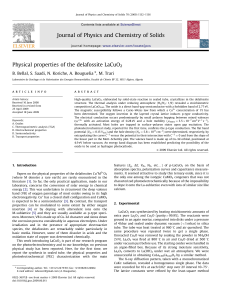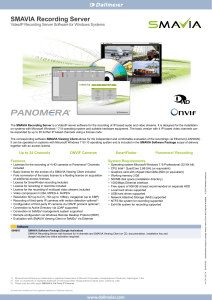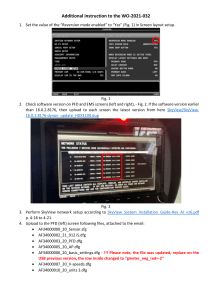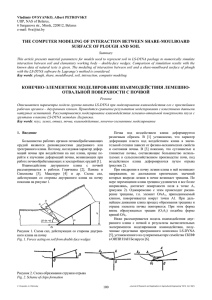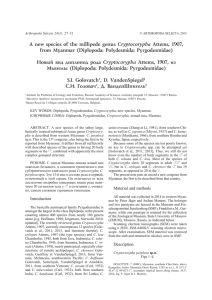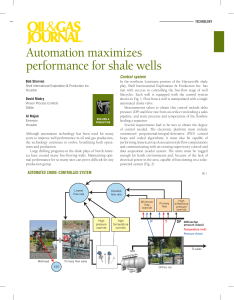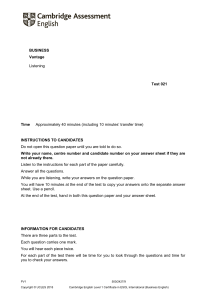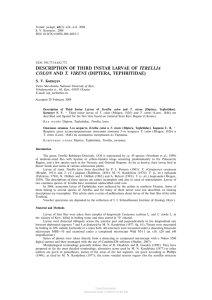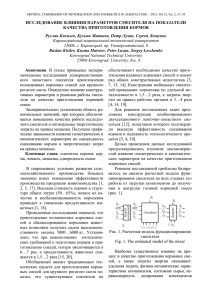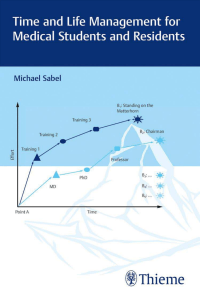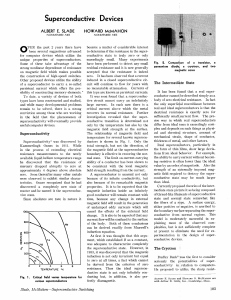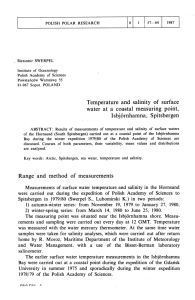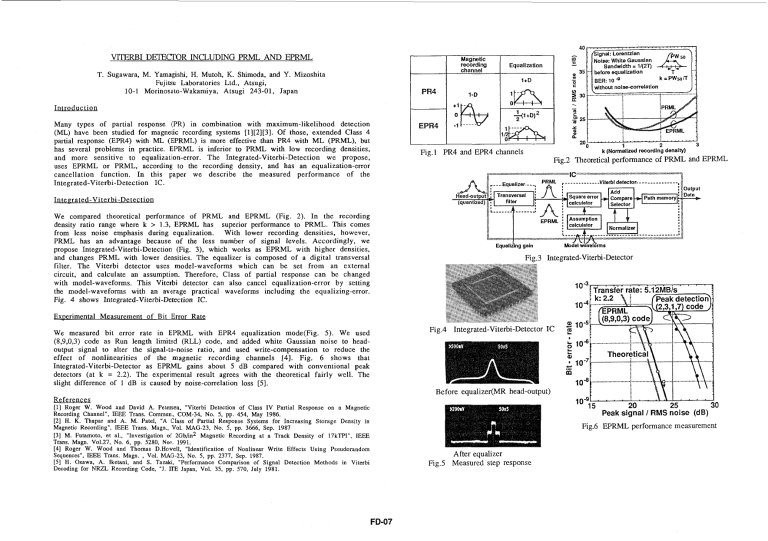
VlTEFG31 DETEKTOR INCLUDING PRML AND EPRML - T. Sugawara, M. Yamagishi, H. Mutoh, K. Shimoda, and Y. Mizoshita Fujitsu Laboratories Ltd., Atsugi, 10-1 Morinosato-Wakamiya, Atsugi 243-01, Japan z -c 35 Equalization 0 l+D PR4 'a. 0 (D 1-D Em - 0 Introduction S C +l+D)2 Many types of partial response (PR) in combination with maximum-likelihood detection (ML) have been studied for magnetic recording systems [1][2][3]. Of those, extended Class 4 partial response (EPR4) with ML (EPRML) is more effective than PR4 with ML (PRML), but has several problems in practice. EPRML is inferior to PRML with low recording densities, and more sensitive to equalization-error. The Integrated-Viterbi-Detection we propose, uses EPRML or PRML, according to the recording density, and has an equalization-error cancellation function. In this paper we describe the measured performance of the Integrated-Viterbi-Detection IC. 40 m Magnetic recording channel $25 -, x S 2 20 k INormaiizedrecording density) Fig.1 PR4 and EPR4 channels F .. :foutput A Integrated-Viterbi-Detection memory A We compared theoretical performance of PRML and EPRML (Fig. 2). In the recording density ratio range where k > 1.3, EPRML has superior performance to PRML. This comes from less noise emphasis during equalization. With lower recording densities, however, PRML has an advantage because of the less number of signal levels. Accordingly, we propose Integrated-Viterbi-Detection (Fig. 3), which works as EPRML with higher densities, and changes PRML with lower densities. The equalizer is composed of a digital transversal filter. The Viterbi detector uses model-waveforms which can be set from an external circuit, and calculate an assumption. Therefore, Class of partial response can be changed with model-waveforms. This Viterbi detector can also cancel equalization-error by setting the model-waveforms with an average practical waveforms including the equalizing-error. Fig. 4 shows Integrated-Viterbi-DetectionIC. . i EPRML Equalizhg gain / *del \I/\ waveforms Fig.3 Integrated-Viterbi-Detector Exoerimental Measurement of Bit Error Rata Fig.4 Integrated-Viterbi-Detector IC We measured bit error rate in EPRML with EPR4 equalization mode(Fig. 5 ) . We used (8,9,0,3) code as Run length limited (RLL) code, and added white Gaussian noise to headoutput signal to alter the signal-to-noise ratio, and used write-compensation to reduce the effect of nonlinearities of the magnetic recording channels [4]. Fig. 6 shows that Integrated-Viterbi-Detector as EPRML gains about 5 dB compared with conventional peak detectors (at k = 2.2). The experimental result agrees with the theoretical fairly well. The slight difference of 1 dB is caused by noise-correlation loss [SI. Before equalizer(MR head-output) References [l] Roger W. Wood and David A. Petersen. "Viterbi Detection of Class IV Partial Response on a Magnetic Recording Channel", IEEE Trans. Commun., COM-34, No. 5, pp. 454. May 1986. [2] H. K. Thapar and A. M. Patel. "A Class of Partial Response Systems for Increasing Storage Density in Magnetic Recording", IEEE Trans. Magn.. Vol. MAG-23, No. 5, pp. 3666, Sep. 1987 [3] M. Futamoto. e t al., "Investigation of 2Gb/in2 Magnetic Recording at a Track Density of 17kTPI". IEEE Trans. Magn. Vo1.27. No. 6. pp. 5280, Nov. 1991. [41 Roger W. Wood and Thomas D.Howel1. "Identification of Nonlinear Write Effects Using Pseudorandom Sequences", IEEE Trans. Magn. , Vol. MAG-23, No. 5, pp. 2377, Sep. 1987. [51 H. Osawa. A. Iketani, and S. Tazaki, "Performance Comparison of Signal Detection Methods in Viterbi Decoding for NRZL Recording Code, "J. ITE Japan, Vol. 35. pp. 570, July 1981. Peak signal I R M S noise (dB) Fig.6 EPRML performance measurement After equalizer Fig.5 Measured step response FD-07
